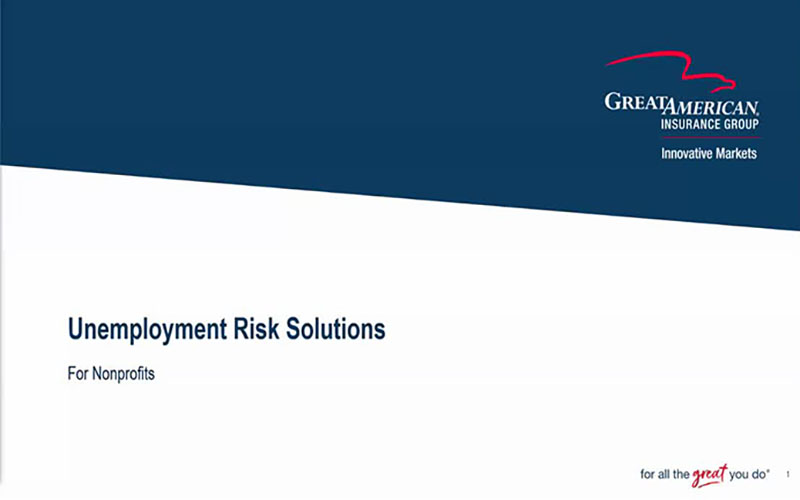Why is Forgery / Alteration Coverage Important?

The cases of check fraud have increased significantly in the last few years, beginning at the time of the COVID-19 Pandemic. During the pandemic, relief checks issued by the U.S. Government became attractive targets for criminals. Since then, the check fraud problem has gotten worse. Many small business owners suffer loss through check fraud because they frequently use checks to pay their clients.
According to a recent ACFE Insights article, “In 2021, United States financial institutions reported more than 350,000 cases of potential check fraud to the Financial Crimes Enforcement Network, which was a 23% increase from 2020. The upward trend continued in 2022, with the number of potential check fraud cases reported reaching more than 680,000, almost double the reports from 2021.” The increase in mail theft is a nationwide problem.
Two forgery/alteration methods widely used are check washing and check fishing.
- Check washing tactics occur when thieves steal paper checks from mailboxes, wash them with nail polish remover, and alter new amounts and payees.
- Check fishing occurs when perpetrators fish letters out through the mail slot, or more commonly, rob postal workers for their mail and arrow keys.
Thieves are also targeting USPS letter carriers. According to a US News & World Report, “In the 2022 budget year, 412 letter carriers were robbed compared with 305 in the six months ending March 30. USPS also said there have been more than 25,000 reported thefts from mail receptacles including blue collection boxes in the six months ending March 30 compared with 38,500 for all of 2022.”
Criminals typically steal a mail carrier’s keys, use glue traps, or other methods of “mailbox fishing,” and use chemicals to wipe off fingerprints and handwritten ink to reroute the check.
To illustrate a check washing scheme, in a US News & World Report article, a woman mailed a $30 check as a school donation in September – only to find out three days later someone had stolen it, washed it by erasing the ink, rewrote the payee and amount and then cashed it for $9,475.81.
What Does Forgery / Alteration Insurance Cover?
Commercial Crime policies provide protection from financial losses that insureds sustain through business-related crimes, including employee theft, robbery, forgery, and computer crime. An insured is given the option to purchase Forgery or Alteration Coverage. This coverage agreement covers loss sustained through forgery or alteration of outgoing negotiable instruments made or drawn upon by the insured, drawn upon from the insured’s account(s) or made or drawn by one acting as the insured’s agent. It usually includes loss caused by:
- Checks or drafts made or drawn in the insured’s name, payable to a fictitious entity.
- Checks or drafts, including payroll checks, executed through forged endorsements.
- Alteration of the amount of a check or draft.
What Can You Do to Help Prevent Check Fraud?
To prevent check fraud, organizations need to implement effective security measures and best practices that can deter, detect, and report fraudulent activities.
Your Partner in Crime®
Since 1995 we’ve been insuring clients from crime related losses. We have a depth of experience in both underwriting and claims that is unmatched in the marketplace. Discover how our specialization and expertise provide the advantage to address your unique needs.









.jpeg?sfvrsn=dbf923b1_1)




.jpeg?sfvrsn=c50521b1_1)